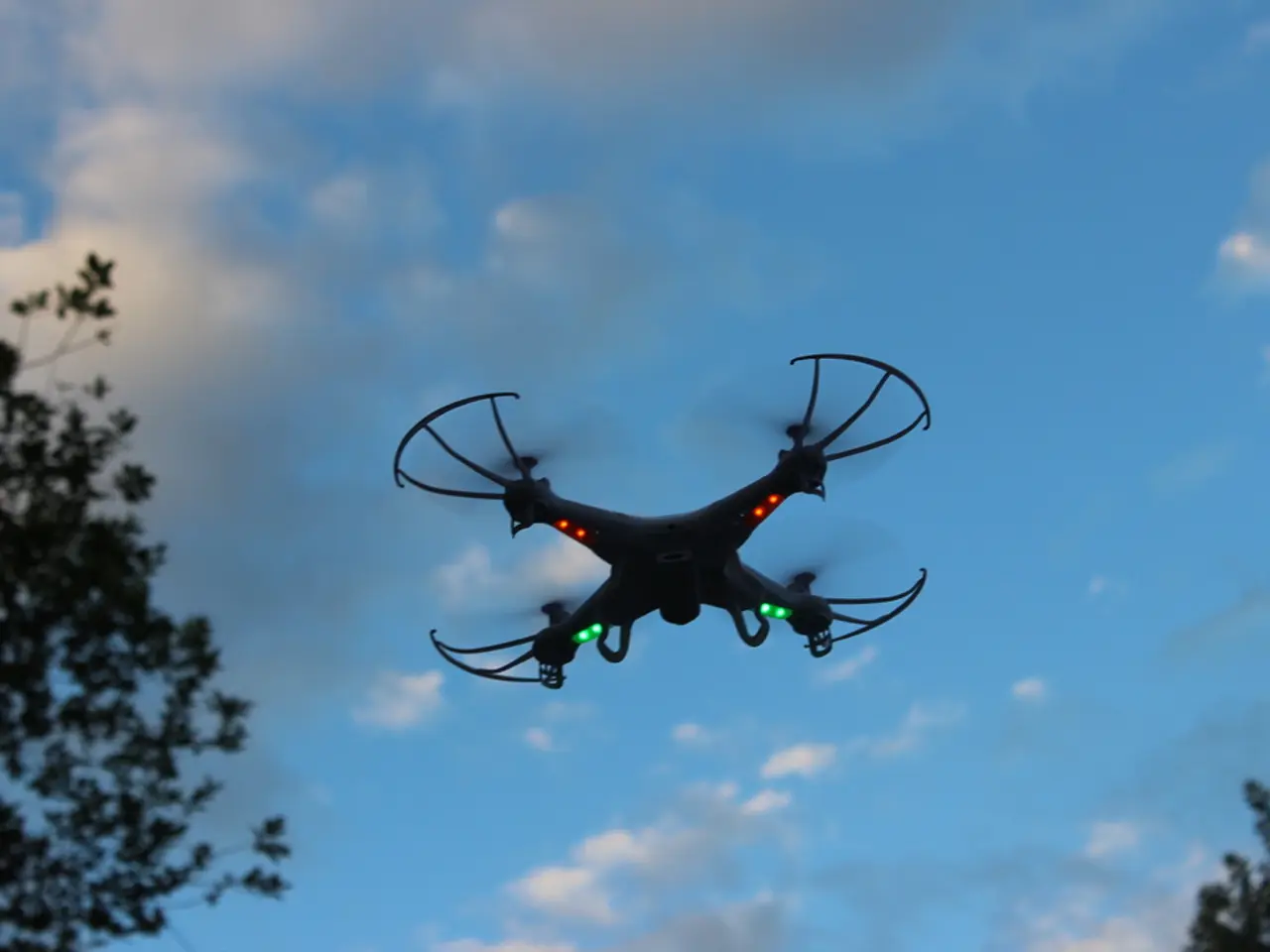Advanced Agricultural Drones for Optimal Farm Management
In the rapidly evolving world of agriculture, drone technology is proving to be a game-changer. These unmanned aerial vehicles (UAVs) are transforming farming practices, making them more efficient, sustainable, and productive.
The key features of the best drone technology for precision agriculture revolve around advanced sensing, precise application, robust flight capabilities, and automation tailored to diverse farming needs.
1. **Advanced Sensing for Crop Monitoring**
Multispectral and hyperspectral sensors capture detailed crop health data, enabling early detection of nutrient deficiencies, water stress, pests, and diseases before visible symptoms appear. High-resolution imagery with sub-centimeter precision supports accurate crop scouting and health assessments.
2. **Precision Spraying Capabilities**
Drones like the DJI Agras series feature high-precision spraying systems with strong penetration and even distribution that prevent drift, over-fertilization, and chemical leakage. These drones can cover expansive acreage efficiently, with the DJI Agras T30 covering 40 acres per hour, while the larger Agras T100 is geared toward large-scale commercial use.
3. **High Accuracy Positioning and Flight Stability**
RTK GPS modules provide centimeter-level positioning accuracy, crucial for precise mapping, spraying, and seeding operations. Drones like the DJI Matrice 350 RTK offer long flight times and robust environmental resistance, making them ideal for large-scale, reliable field coverage.
4. **Automation and Safety Features**
Smart features such as obstacle avoidance systems, LiDAR, millimeter-wave radar, and multi-vision safety systems enhance operational safety and enable autonomous flights across complex terrains. Hot-swappable batteries and modular payloads allow continuous operation with minimal downtime.
5. **Versatility for Different Agricultural Tasks**
Beyond spraying, drones assist in seed spreading and detailed crop mapping, making them versatile tools in sustainable farming systems. Various drone models are designed for different farm sizes, ensuring tailored solutions across scales.
These advancements in drone technology are empowering farmers to make informed decisions about planting and harvesting times, optimize fertilizer application, leading to savings of up to 25%, optimize irrigation management, leading to savings of up to 20%, and streamline farm workflow, allowing for greater efficiency.
Moreover, drones help in early detection of pests or diseases, saving time and money, and in spotting patterns in crops that might be missed from the ground, aiding in better choices about water or fertilizer application. Aerial imaging allows for the identification of issues like pest infestations or nutrient deficiencies before they become major problems.
Using drones for crop monitoring can lead to savings of up to 30% compared to manual inspection. The future of farming is expected to see more advancements in drone technology for precision agriculture applications, with drones helping in reducing environmental impact by using fewer resources and providing quick and accurate data for better decision-making.
Quality drone technology for precision agriculture focuses on advanced sensing, such as multispectral and hyperspectral sensors, for accurate crop monitoring and early detection of issues like nutrient deficiencies, water stress, pests, and diseases. This contributes significantly to sustainability, as efficient resource usage leads to savings of up to 25% on fertilizer application and 20% on irrigation management. Furthermore, the adoption of drone technology incorporates technology to streamline farm workflow, support precision spraying capabilities, and contribute to a more sustainable, eco-friendly agricultural landscape.




